Everything you need to know about Cloudflare
A look at Cloudflare’s journey from a web security startup to a leader in internet performance, including what customers can expect from the company
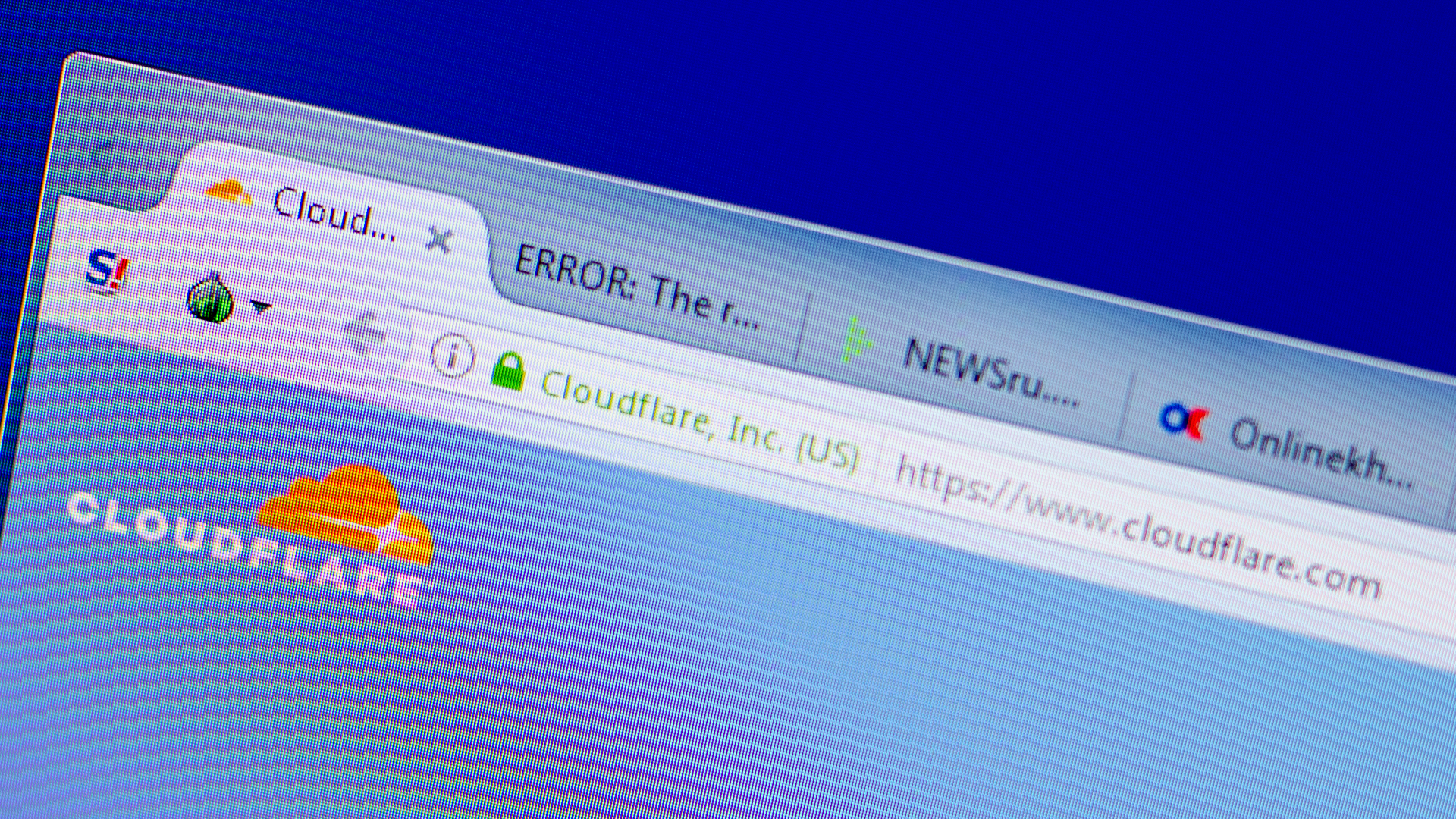

Rene Millman
Cloudflare, headquartered in San Francisco, is a global technology firm known for its powerful content delivery network (CDN), cyber security services, and internet infrastructure offerings. Serving over 20% of the world's websites, the company’s portfolio includes cloud security, distributed denial-of-service (DDoS) mitigation, domain registration, and secure access service edge (SASE) solutions.
Founded by Matthew Prince, Lee Holloway, and Michelle Zatlyn in 2009, Cloudflare initially focused on fighting spam and protecting websites from cyber threats. Since then, it has grown to become a key player in digital security and network reliability, safeguarding millions of websites and digital assets worldwide.
Today, Cloudflare has evolved into one of the internet’s most significant infrastructure providers, protecting over eight million websites, APIs, and applications. The company operates through a network of more than 300 data centres across 120 countries, managing 13,000 networks globally, including all major ISPs.
When and how was Cloudflare founded?
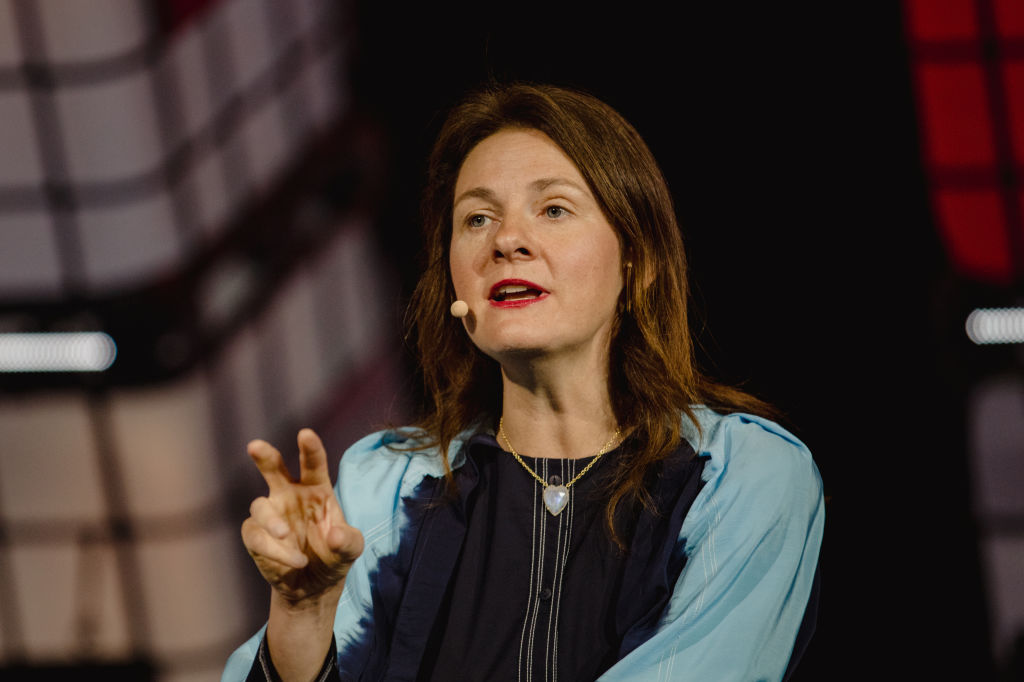
Cloudflare co-founder and COO Michelle Zatlyn
Cloudflare’s origin story began with a pivotal meeting in 2009 at Harvard Business School, where Matthew Prince, then an MBA student, introduced Michelle Zatlyn to Project Honey Pot. This was an existing collaboration with Lee Holloway designed to track and expose the methods used by email spammers. Zatlyn recognized its business potential and the possibility to transform Project Honey Pot into a powerful security solution that could shield websites from the growing risk of distributed denial-of-service (DDoS) attacks.
Cloudflare quick facts
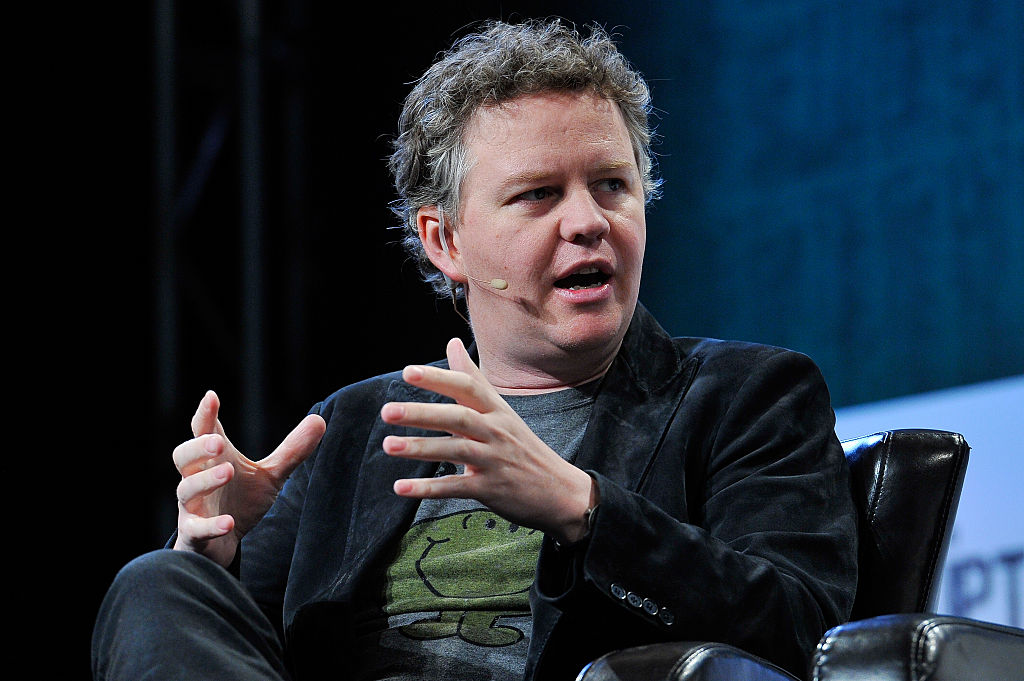
Founded: 2009
Current CEO: Matthew Prince (pictured)
HQ: San Francisco
Annual revenue: $1.2 billion (2023)
With Zatlyn on board, the team — now comprising Prince, Zatlyn, and Holloway — laid out a business plan to develop what would become Cloudflare. Holloway spearheaded the technical side, building the first prototype that would not only protect websites from attacks but also enhance load times, an essential feature for a secure, efficient online experience. The plan won the prestigious Harvard Business School Business Plan Competition in 2009, lending both credibility and momentum to their ambitious project.
In the same year, the trio spent the summer refining Cloudflare’s beta version, which they released to a select group of users from the Project Honey Pot community. Early users saw significant improvements in site speed, with load times reduced by around 30% on average, along with enhanced protection from cyber threats. This dual benefit attracted interest from investors, including Ray Rothrock from Venrock and Carl Ledbetter from Pelion Venture Partners, who provided crucial funding to drive the venture forward.
Cloudflare made its official debut at TechCrunch Disrupt in San Francisco in 2010, capturing attention as a transformative approach to internet security and performance. The company quickly gained traction, attracting users seeking better protection against DDoS attacks and improved website performance.
Sign up today and you will receive a free copy of our Future Focus 2025 report - the leading guidance on AI, cybersecurity and other IT challenges as per 700+ senior executives
Following years of growth and innovation, Cloudflare went public in 2019 on the New York Stock Exchange, marking a significant milestone in its journey. A year later, Zatlyn stepped into the role of president, underscoring her critical role in shaping the company’s vision and expansion.
What does Cloudflare sell?

Cloudflare provides a comprehensive range of services focused on enhancing the security, performance, and reliability of internet assets. Catering to individual site owners and global enterprises alike, Cloudflare's offerings cover a vast spectrum of web infrastructure needs.
At its core, Cloudflare's Content Delivery Network (CDN) accelerates the delivery of web content by caching data across a global network of over 300 data centres located in more than 120 countries. This reach allows users worldwide to experience reduced latency and faster loading times, regardless of their physical location. In addition to content delivery, Cloudflare is renowned for its Distributed Denial-of-Service (DDoS) mitigation. With robust protections against DDoS attacks, Cloudflare absorbs and disperses malicious traffic across its expansive network, ensuring websites remain accessible even during high-intensity cyber onslaughts.
Another key component of Cloudflare's security framework is its web application firewall (WAF), which filters and monitors HTTP traffic to safeguard web applications from common vulnerabilities, including SQL injection and cross-site scripting (XSS). Cloudflare’s WAF helps protect against some of the most critical threats identified by the OWASP Top 10, ensuring a secure online environment for users and applications alike.
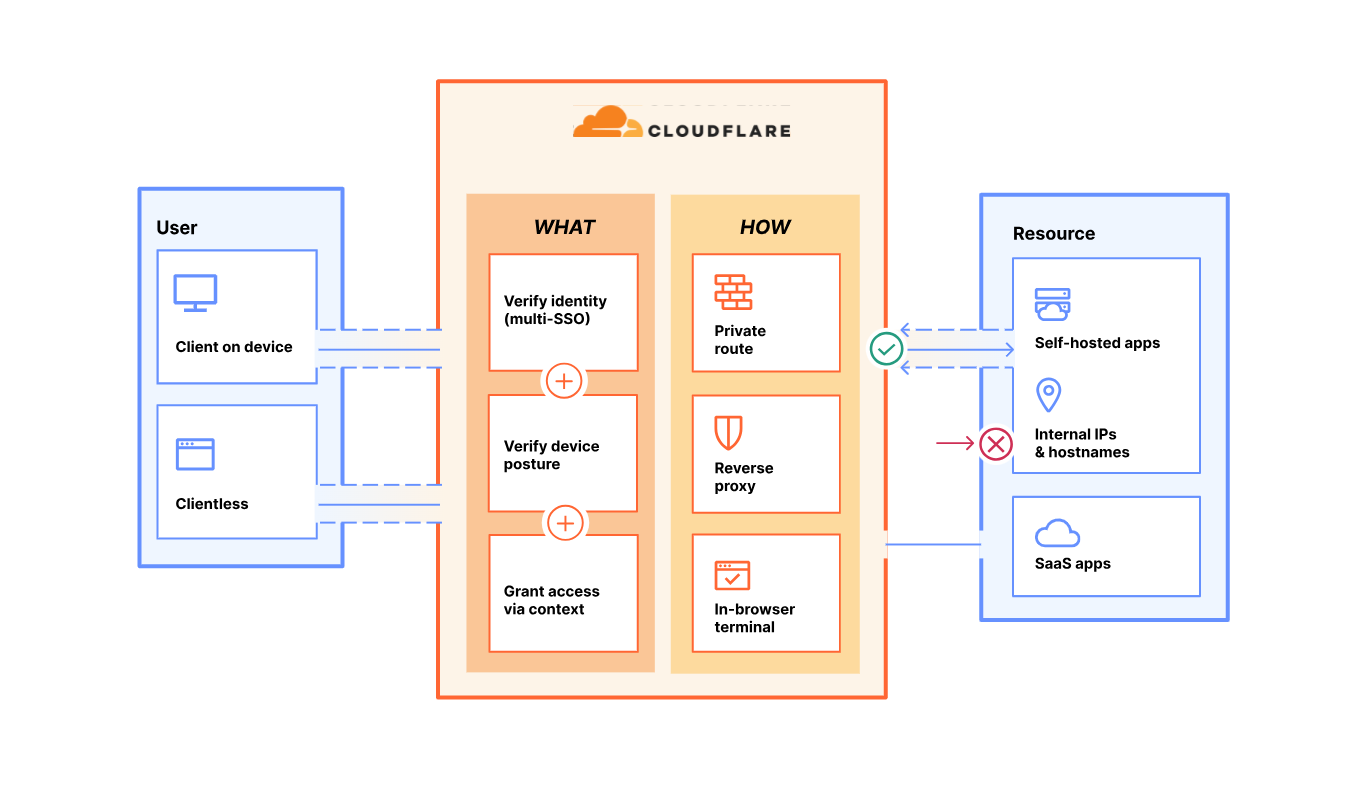
To support enterprise-level requirements, Cloudflare One combines secure access with high-performance networking through a secure access service edge (SASE) architecture. This integrated solution aligns with zero trust security principles, providing secure, fast, and reliable access to applications and data, a necessity for modern enterprises. Alongside these core services, Cloudflare also offers domain registration as an ICANN-accredited registrar, emphasizing security with features like DNSSEC to protect against domain spoofing.
Cloudflare’s developer tools enhance web performance through a variety of offerings, including Cloudflare Workers, a serverless computing platform that allows developers to run JavaScript code at the network edge. By executing code closer to end-users, Cloudflare Workers significantly reduces latency, improving application performance. Argo Smart Routing further optimizes traffic flow by dynamically selecting the fastest and most reliable network paths, boosting reliability and user experience.
In addition to web acceleration, Cloudflare offers specialized tools for media management, such as Polish and Mirage for image optimization and Cloudflare Stream for video hosting and delivery. These tools ensure smooth and efficient media playback across devices while maintaining high-quality visuals.
Security remains a central focus for Cloudflare, with services that protect against a range of automated threats. Its bot management solution differentiates between human users and malicious bots, safeguarding sites from issues like credential stuffing and content scraping. Further securing internet traffic, Cloudflare provides SSL/TLS encryption at no cost and managed SSL/TLS certificates for added convenience, ensuring that data transmitted between users and websites remains private and protected.
Cloudflare mergers and acquisitions
Since its founding, Cloudflare has strategically acquired a series of companies that enhance its core capabilities in internet security, performance, and Zero Trust network architecture. These acquisitions have allowed Cloudflare to broaden its service portfolio, targeting emerging security needs and expanding its reach into critical infrastructure areas.
Early acquisitions began in 2014 with StopTheHacker and CryptoSeal, which bolstered Cloudflare's security offerings by adding advanced malware protection and VPN technology. In 2016, Cloudflare acquired Eager Platform Co. (now known as Cloudflare Apps), a platform that enables easy integration of third-party applications into websites, helping Cloudflare enter the growing ecosystem of web application services.
In 2020, Cloudflare acquired S2 Systems, a provider of browser isolation technology. This move strengthened Cloudflare’s Zero Trust offering by allowing users to browse securely, with threats isolated from users’ devices. The following year, Cloudflare acquired Zaraz, a company focused on improving website performance by managing third-party tools. Zaraz’s technology reduced client-side script load, enhancing page speed and security — two key aspects of Cloudflare’s mission.
The company's strategic expansion into email security began with the acquisition of Area 1 Security in February 2022. This acquisition marked Cloudflare's entry into email security, addressing a significant gap in its Zero Trust network strategy. At the time, CEO Matthew Prince emphasized the importance of securing email as "the largest cyber attack vector on the Internet", aiming to position Cloudflare as a leader in Zero Trust solutions. Area 1’s email security technology was integrated into Cloudflare's platform, adding layers of protection against phishing and other email-based attacks.
RELATED WHITEPAPER

Also in early 2022, Cloudflare acquired Vectrix, a startup specializing in SaaS security tools. This acquisition extended Cloudflare’s reach into SaaS application security, further complementing its Zero Trust framework by offering visibility and control over third-party SaaS apps, an area increasingly critical to enterprise security.
In 2024, Cloudflare continued its expansion into Zero Trust with the acquisition of BastionZero, a company specializing in secure infrastructure access. This acquisition is expected to enhance Cloudflare's Zero Trust offerings further by strengthening infrastructure access controls, a key area of interest for enterprises managing complex IT environments.
Cloudflare's key executives
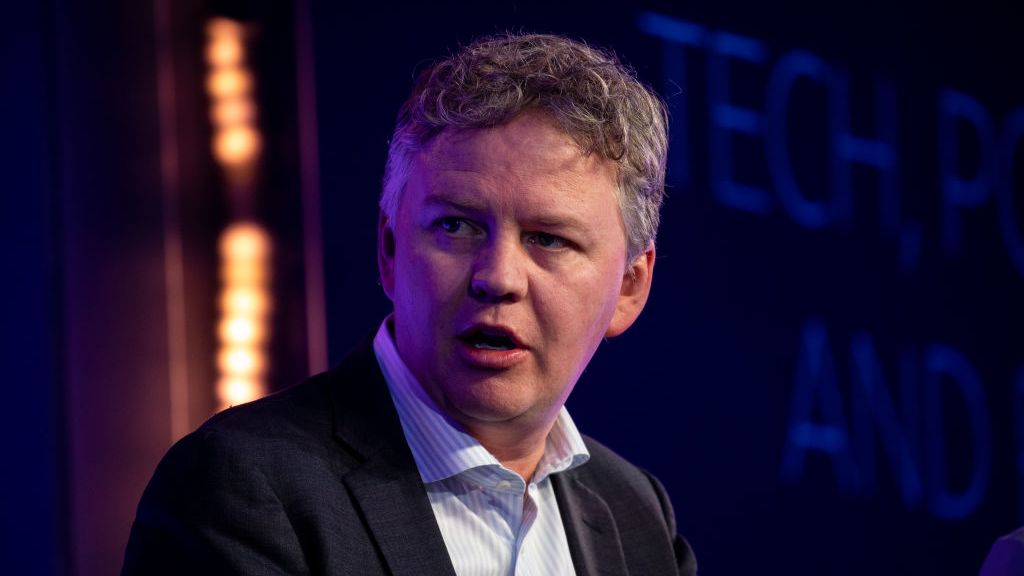
Cloudflare’s leadership team is a group of seasoned professionals dedicated to advancing internet security and performance.
- Co-founder Matthew Prince (pictured above) serves as CEO, leading the company since its inception in 2009 with a vision to enhance internet performance and security on a global scale.
- Another co-founder, Michelle Zatlyn, is president, COO, and a board member. Zatlyn has played a pivotal role in Cloudflare’s expansion, steering its operational and strategic initiatives that have bolstered the company’s international reach.
- Guiding financial strategy, CFO Thomas Seifert has been instrumental, especially during Cloudflare’s 2019 initial public offering.
- As CTO, John Graham-Cumming is responsible for driving technological development and innovation, shaping the company’s technical strategy to remain at the forefront of the industry.
- Chief strategy officer Stephanie Cohen, who joined Cloudflare in 2024 after an extensive tenure at Goldman Sachs, has been integral in refining Cloudflare’s strategic direction and partnerships.
- Mark Anderson was appointed president of revenue in February 2024, bringing over 25 years of enterprise technology experience from companies like Alteryx and Palo Alto Networks. Anderson oversees Cloudflare’s sales, marketing, and customer success operations, with a strategic focus on scaling the company’s growth toward $5 billion in annual recurring revenue.
What can customers expect from doing business with Cloudflare
Cloudflare has established itself as a leader in web performance and cyber security, with a mission focused on enhancing the speed, reliability, and security of internet properties worldwide. With a comprehensive portfolio that includes content delivery networks (CDN), distributed denial-of-service (DDoS) mitigation, advanced internet security tools, and serverless computing, Cloudflare provides solutions that cater to both individual website owners and global enterprises.
A central element of Cloudflare’s strategy is its strong commitment to partnerships. To achieve its vision of a safer and faster internet, Cloudflare offers an array of partner programmes, equipping partners with tools, resources, and dedicated support to strengthen customer relationships and drive growth. Through these initiatives, partners receive comprehensive training and tailored incentives to deepen product expertise, enabling them to effectively manage customer lifecycles and deliver optimal solutions.
Cloudflare’s approach fosters a supportive ecosystem for both customers and partners. The company places a strong emphasis on empowering businesses to meet their technology and security goals in complex, multi-layered IT environments.
With its expansive service suite and deep industry expertise, Cloudflare remains a key player in the technology sector, helping businesses achieve resilience, growth, and adaptability in today’s rapidly evolving digital landscape.
David Howell is a freelance writer, journalist, broadcaster and content creator helping enterprises communicate.
Focussing on business and technology, he has a particular interest in how enterprises are using technology to connect with their customers using AI, VR and mobile innovation.
His work over the past 30 years has appeared in the national press and a diverse range of business and technology publications. You can follow David on LinkedIn.
-
 Gender diversity improvements could be the key to tackling the UK's AI skills shortage
Gender diversity improvements could be the key to tackling the UK's AI skills shortageNews Encouraging more women to pursue tech careers could plug huge gaps in the AI workforce
-
 Researchers claim Salt Typhoon masterminds learned their trade at Cisco Network Academy
Researchers claim Salt Typhoon masterminds learned their trade at Cisco Network AcademyNews The Salt Typhoon hacker group has targeted telecoms operators and US National Guard networks in recent years
-
 November rundown: CrowdStrike's insider threat
November rundown: CrowdStrike's insider threatITPro Podcast As CrowdStrike grappled with a malicious employee, Cloudflare suffered a major outage
-
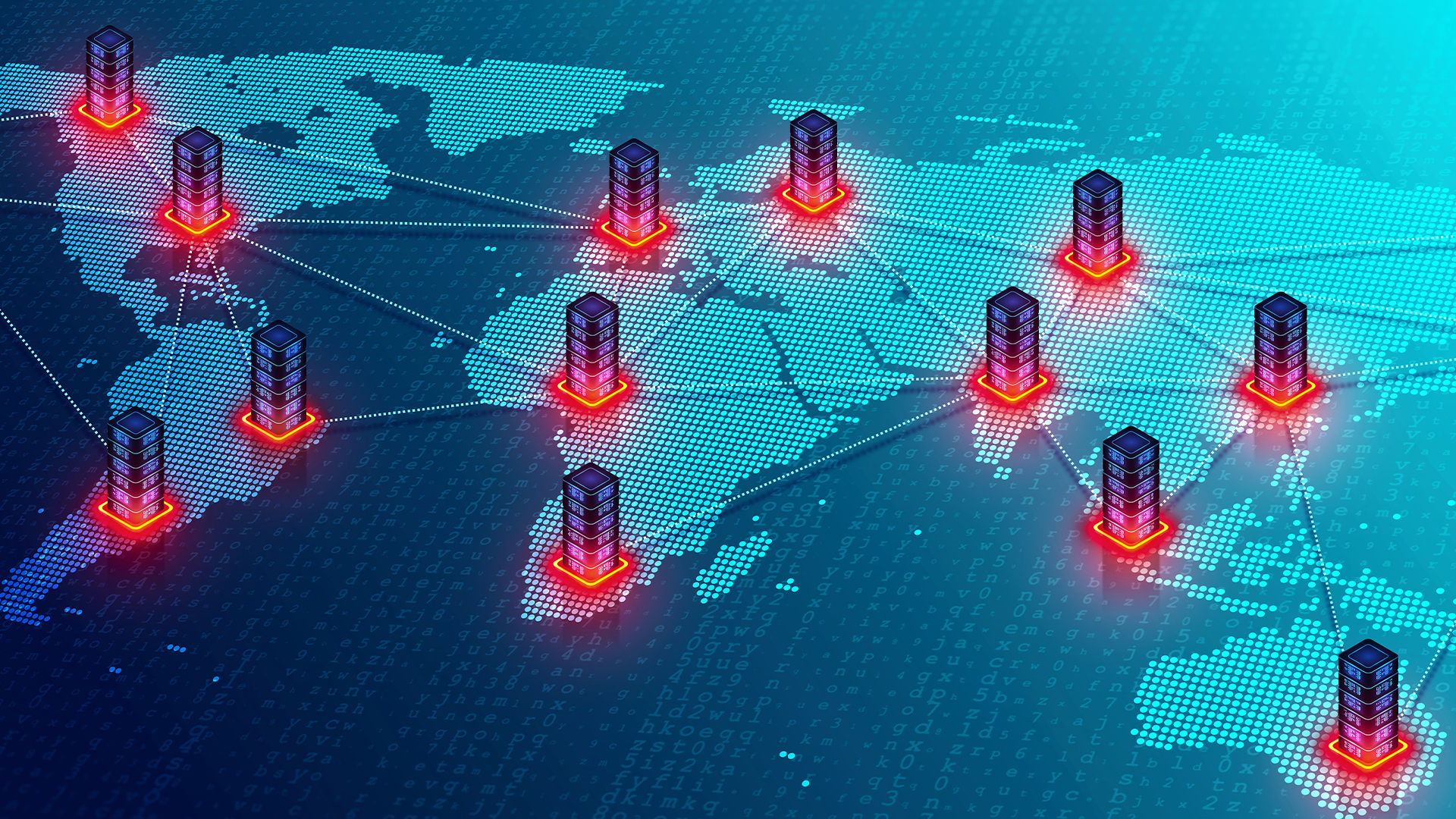 Cyber experts have been warning about AI-powered DDoS attacks – now they’re becoming a reality
Cyber experts have been warning about AI-powered DDoS attacks – now they’re becoming a realityNews DDoS attackers are flocking to AI tools and solutions to power increasingly devastating attacks
-
 Critical networks face unprecedented threat as DDoS attacks are getting shorter and more intense
Critical networks face unprecedented threat as DDoS attacks are getting shorter and more intensenews Attackers have stepped up their intrusions into core networks, according to Nokia's 11th annual Threat Intelligence Report
-
 Microsoft and Cloudflare just took down a major phishing operation
Microsoft and Cloudflare just took down a major phishing operationNews RaccoonO365’s phishing as a service platform has risen to prominence via Telegram
-
 US authorities just took down 'one of the most powerful DDoS botnets to ever exist’ with help from AWS
US authorities just took down 'one of the most powerful DDoS botnets to ever exist’ with help from AWSNews The Rapper Bot botnet was responsible for a series of large-scale DDoS attacks on government agencies and tech companies. Now it's gone.
-
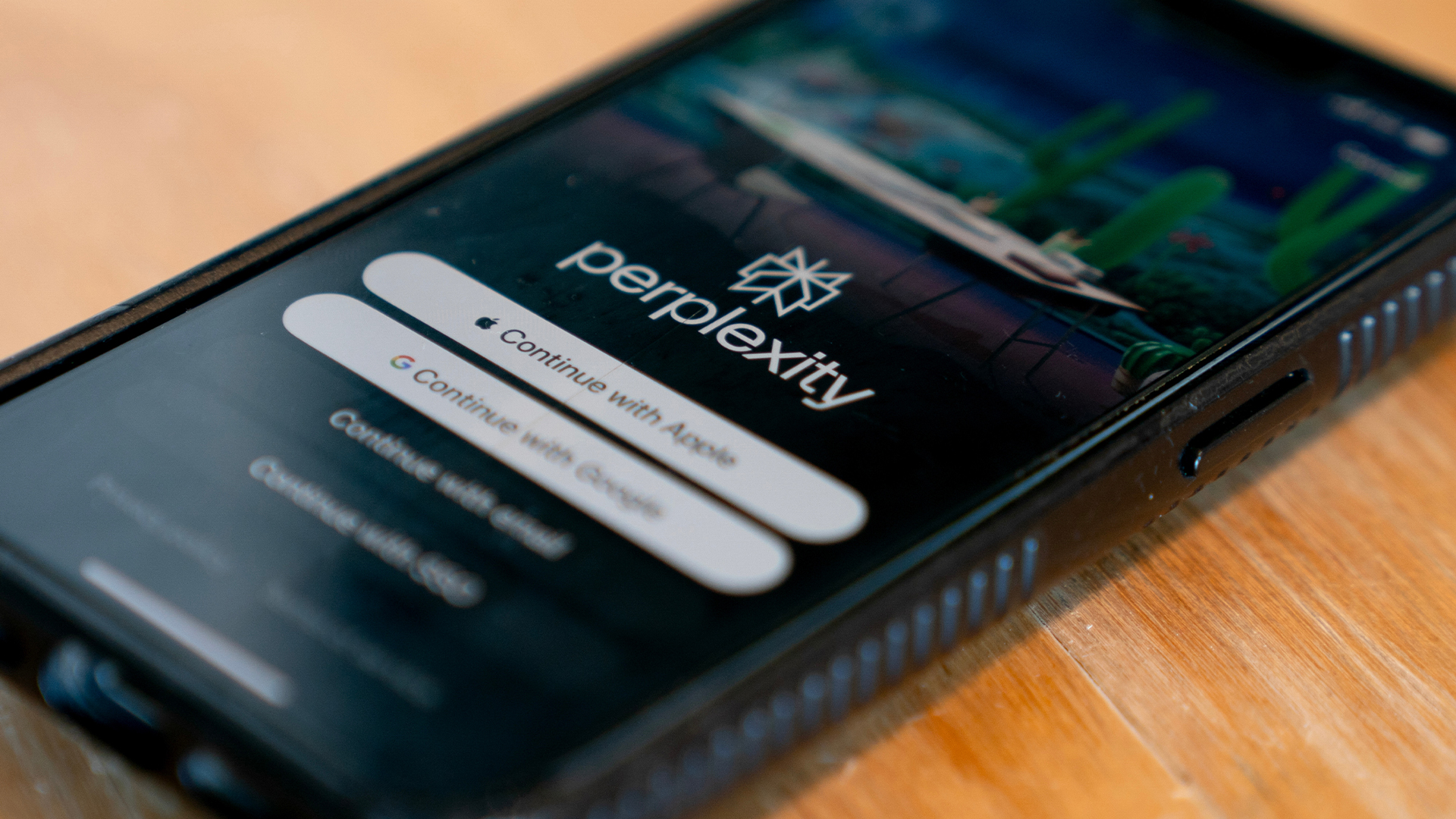 Perplexity hits back at Cloudflare amid claims of website 'stealth crawling' to dodge AI blocks
Perplexity hits back at Cloudflare amid claims of website 'stealth crawling' to dodge AI blocksNews Perplexity has hit back at claims by Cloudflare that it's been stealthily crawling websites, suggesting recent research was a "sales pitch" for a new blocking product.
-
 Think DDoS attacks are bad now? Wait until hackers start using AI assistants to coordinate attacks, researchers warn
Think DDoS attacks are bad now? Wait until hackers start using AI assistants to coordinate attacks, researchers warnNews The use of AI in DDoS attacks would change the game for hackers and force security teams to overhaul existing defenses
-
 Application layer DDoS attacks are skyrocketing – here's why
Application layer DDoS attacks are skyrocketing – here's whyNews The industry is seen as a prime target thanks to a reliance on online services and real-time transactions
